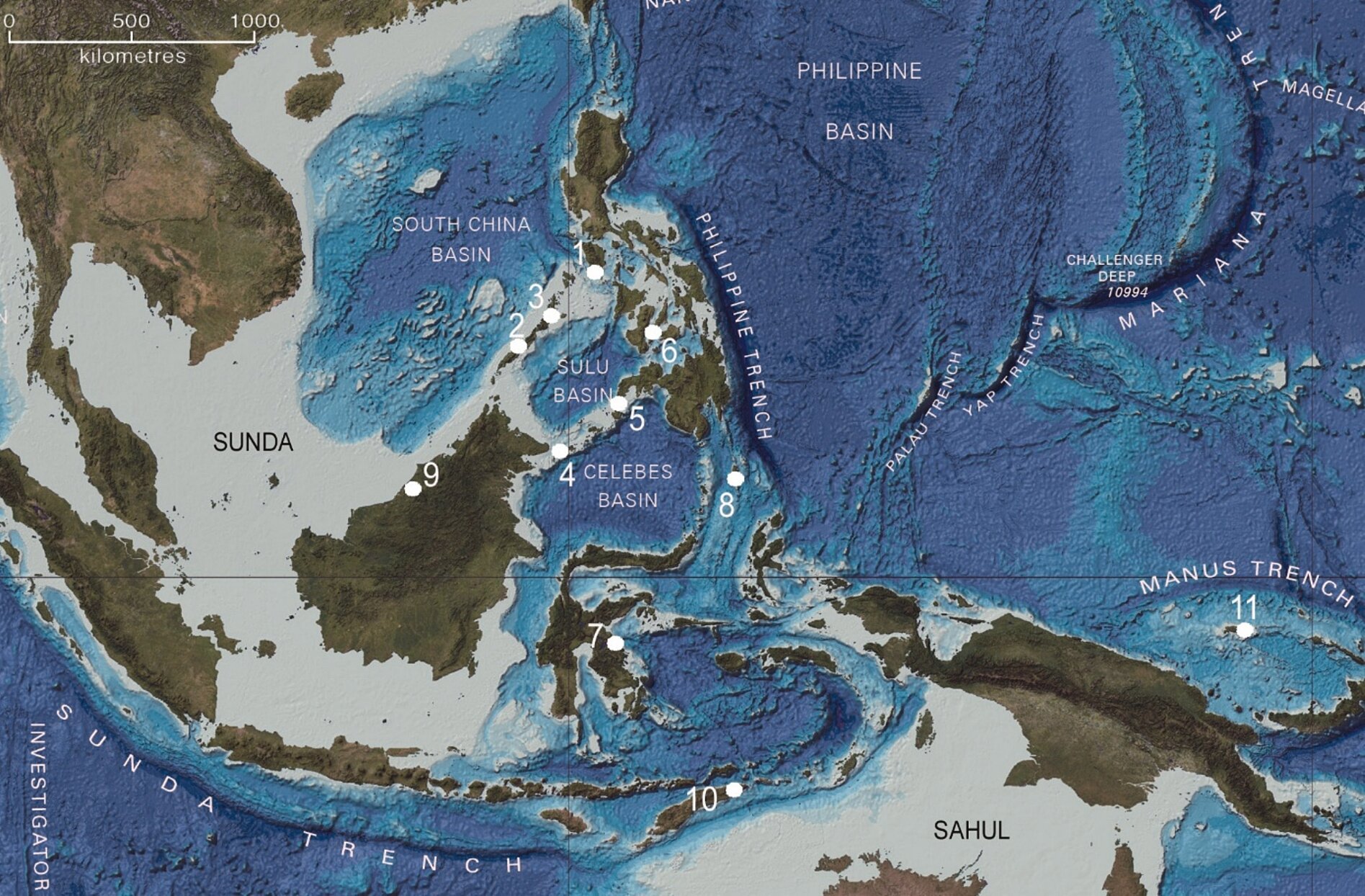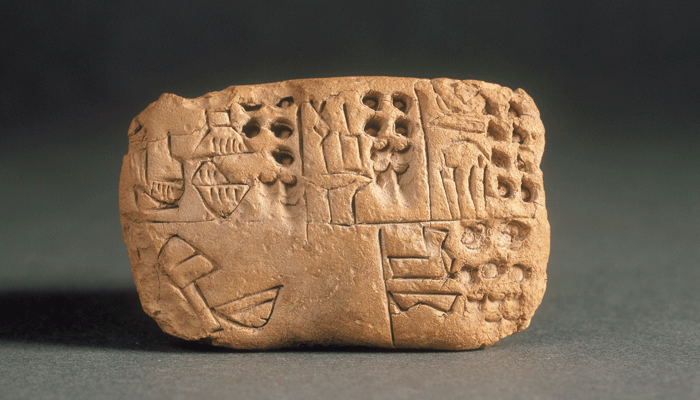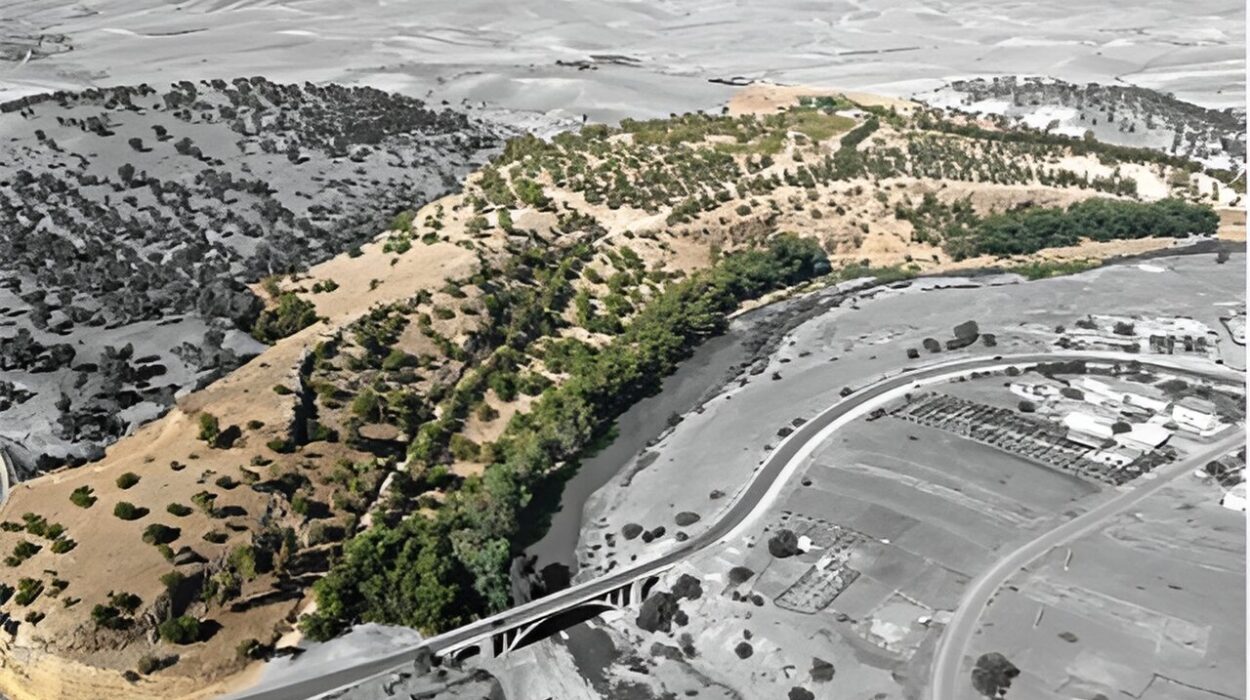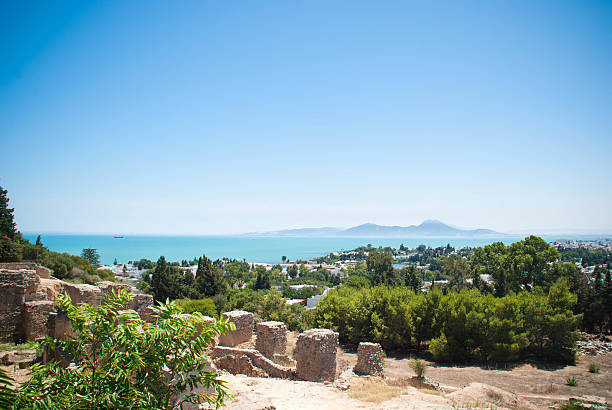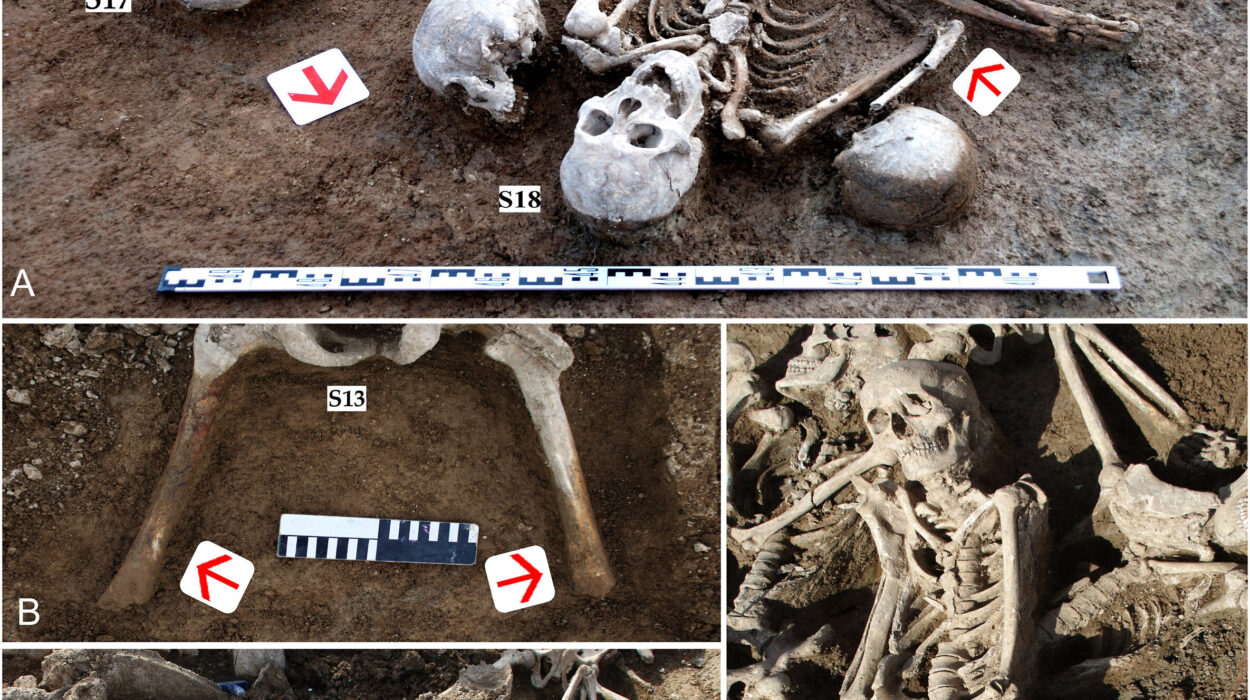The archipelago of the Philippines, with its sparkling seas, island networks, and strategic location, has long been a critical hub in the story of human migration and cultural exchange. For over 15 years, archaeologists from Ateneo de Manila University, in collaboration with international experts and institutions, have delved into the rich history of the Philippines to shed light on its pivotal role in ancient Southeast Asia. Through painstaking research, they have uncovered extraordinary findings that not only deepen our understanding of the human journey across the seas but also highlight the technological and cultural innovations that have shaped maritime Southeast Asia over millennia.
These groundbreaking discoveries are chronicled in a recent publication in the Journal of Archaeological Research in Asia, offering compelling evidence of human migration, advanced technologies, and long-distance intercultural relations spanning over 35,000 years. At the heart of this research lies Mindoro, an island in the Philippines, where a treasure trove of archaeological finds has reshaped our understanding of prehistoric Southeast Asia.
Mindoro’s Ancient Maritime Significance
Mindoro, located in the southwestern part of the Philippines, holds the key to understanding the complex maritime connections that existed between early humans across Southeast Asia. The island, like much of the Philippine archipelago, was never connected to the mainland of Southeast Asia by land bridges or ice sheets. This geographical isolation meant that early inhabitants were forced to develop seafaring technologies to reach the island, spurring the advancement of sophisticated tools and techniques for navigating the waters that separate the islands.
The research team’s latest findings provide conclusive evidence that the island of Mindoro was a significant center of human activity, far from an isolated or peripheral region. Over the course of the study, which included extensive excavations in places such as Ilin Island, San Jose, and Sta. Teresa in Magsaysay, the team uncovered some of the earliest traces of anatomically modern humans (Homo sapiens) in the Philippine archipelago—dating back more than 35,000 years.
Unveiling Early Human Migration and Technological Innovation
Through a range of archaeological methods, the researchers discovered various artifacts that spoke volumes about the daily lives of the island’s early inhabitants. These finds included human remains, animal bones, shells, and a range of tools made from stone, bone, and shell. The evidence reveals a people who were not only skilled hunters and gatherers but also adept at harnessing the vast marine resources that surrounded them.
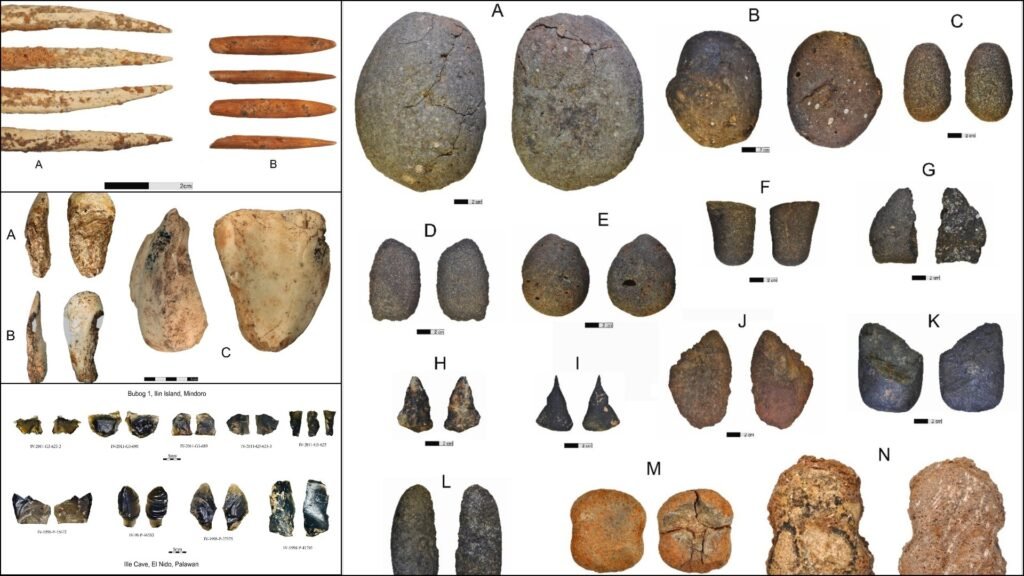
One of the most significant aspects of these findings is the evidence of seafaring capabilities and sophisticated fishing techniques that existed more than 30,000 years ago. Early inhabitants of Mindoro were able to catch predatory open-sea fish species like bonito and sharks, both of which require specialized skills and knowledge of the sea. This discovery points to the advanced maritime technologies these people had mastered, enabling them to navigate the archipelago’s open waters and establish connections with distant islands and populations in the broader maritime region of Wallacea.
The Use of Shells: An Ancient Technological Innovation
Among the most remarkable discoveries made by the team is the use of shells as raw materials for tools—an innovation that dates back over 30,000 years. This finding reveals the extraordinary resourcefulness of early Filipinos, as they turned to the natural resources available in their environment to create effective tools for survival and exploration. The shell adze, in particular, stands out as a significant technological achievement. These tools, made from giant clam shells (Tridacna species), are dated between 7,000 and 9,000 years ago and show an uncanny similarity to similar tools found across Southeast Asia and as far as Manus Island in Papua New Guinea, a staggering 3,000 kilometers away. This similarity in tools suggests a shared technological tradition that transcended geographic boundaries and was likely part of a wider, interconnected maritime culture.
The production and use of shell adzes and other tools also indicate a deep understanding of the environment. Giant clam shells, with their large, hard surfaces, were used to craft durable, sharp tools that could withstand the demands of daily life in a coastal and marine environment. The presence of these tools on Mindoro and other Philippine islands provides invaluable insight into the technological sophistication of ancient Southeast Asian populations.
A Human Burial: Echoes of Shared Ideologies and Social Complexity
The discovery of a human grave on Ilin Island further supports the idea of a complex, evolving society in ancient Mindoro. Dating to approximately 5,000 years ago, the burial features a body laid in a fetal position and covered with limestone slabs. This form of burial, known as flexed burial, is strikingly similar to those found across Southeast Asia, suggesting a shared cultural or ideological influence across vast distances. The practice of using limestone slabs as grave markers also implies a degree of social organization and a system of beliefs that extended beyond mere survival to encompass the realms of the spiritual and social.
This burial practice provides a glimpse into the social complexity of these early islanders. It reflects not only an understanding of life and death but also a growing social stratification and an emerging sense of community identity that would continue to evolve in Southeast Asia over the millennia.
The Maritime Network: Connecting Islands Across Vast Distances
Perhaps the most profound implication of these findings is the suggestion that Mindoro and nearby islands were part of an extensive maritime network that existed long before the arrival of written history. The evidence of advanced seafaring technology, along with the shared use of tools and burial practices across a vast region, paints a picture of a sophisticated, interconnected world where cultural and technological exchanges flourished over thousands of years.
The idea of a vast maritime network is supported by the discovery of tools and artifacts on Mindoro that mirror those found on distant islands across Southeast Asia and even in the wider Oceania region. These findings suggest that early human populations were not isolated but were in constant communication and exchange with each other, facilitating the movement of ideas, technologies, and cultural practices over long distances. This exchange likely contributed to the development of a shared maritime culture that spanned from the Philippine islands to the coasts of Indonesia, Malaysia, and beyond.
The Broader Significance of the Mindoro Archaeology Project
The Mindoro Archaeology Project is more than just an exploration of the Philippines’ prehistoric past. It offers a fresh perspective on the human story of migration and adaptation in Island Southeast Asia. The discoveries made by the researchers fill crucial gaps in the region’s prehistoric record and contribute to a broader understanding of how early humans navigated, adapted to, and thrived in a challenging maritime environment.
By documenting human habitation and technological innovation over a long period of time, the project redefines the importance of the Philippine archipelago in the global narrative of human migration. Mindoro’s role as a center for maritime exchange underscores the importance of the Philippines as a key player in the ancient history of Southeast Asia—a region long known for its complex interplay of cultures, languages, and technologies.
Concluding Thoughts: Mindoro as a Maritime Crossroads of Southeast Asia
The discoveries on Mindoro are not just archaeological findings; they are a testament to the ingenuity and resilience of early human societies. These ancient communities, far from being isolated, were part of a dynamic and interconnected world. Their seafaring capabilities, technological innovations, and cultural practices laid the foundation for the complex societies that would later flourish across Southeast Asia.
Mindoro, and by extension, the entire Philippine archipelago, has long been overlooked in the traditional narratives of human migration and development in Southeast Asia. However, as the research from Ateneo de Manila University reveals, the Philippines played a pivotal role in the ancient maritime networks that linked human populations across the vast expanse of Island Southeast Asia. These findings not only reshape our understanding of early human migration but also highlight the importance of the Philippines in the broader story of human cultural and technological evolution.
Reference: Alfred F. Pawlik et al, Chronology and ecology of early islanders in the Philippines: The Mindoro Archaeology Project, Archaeological Research in Asia (2025). DOI: 10.1016/j.ara.2025.100616
